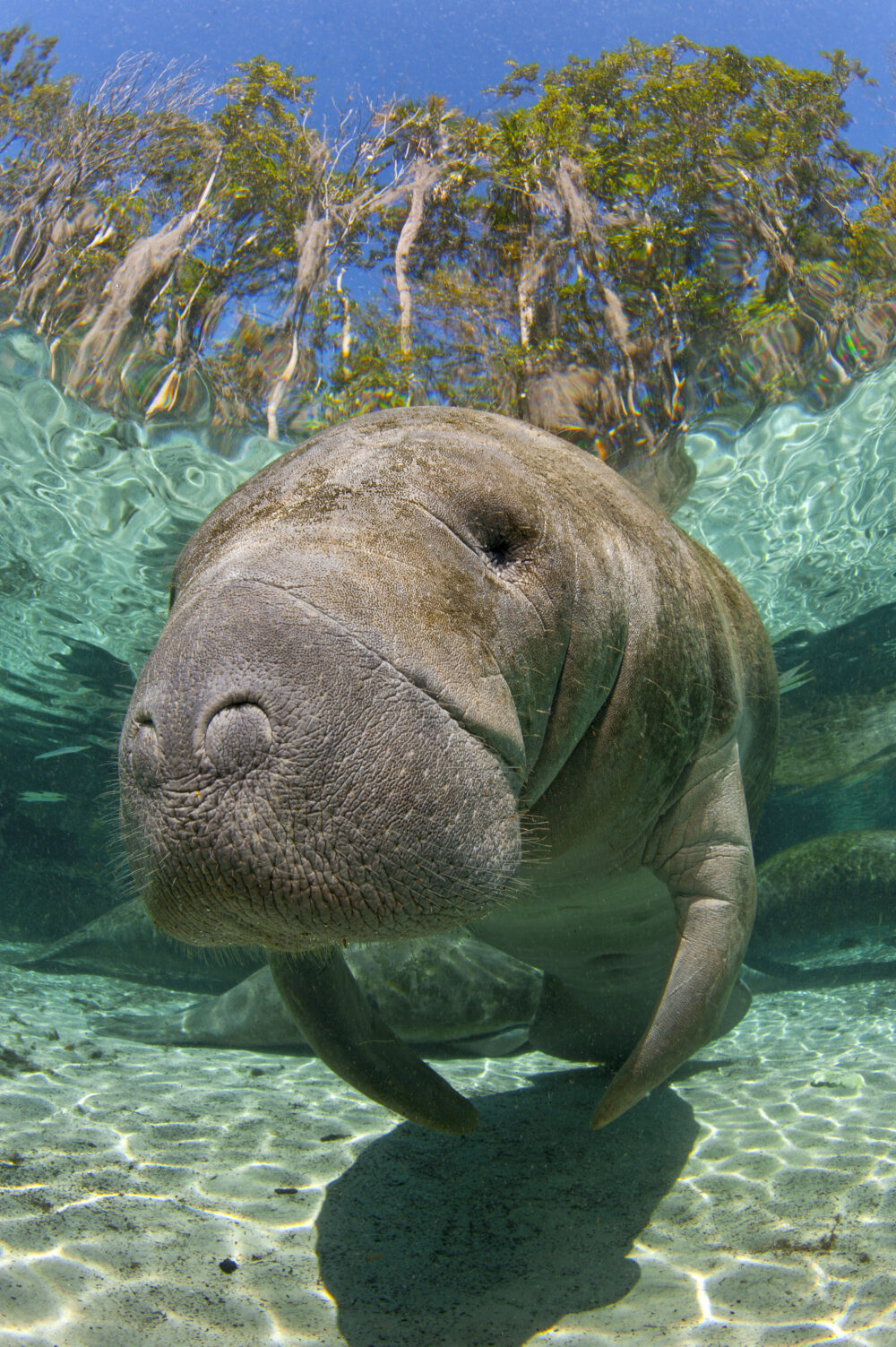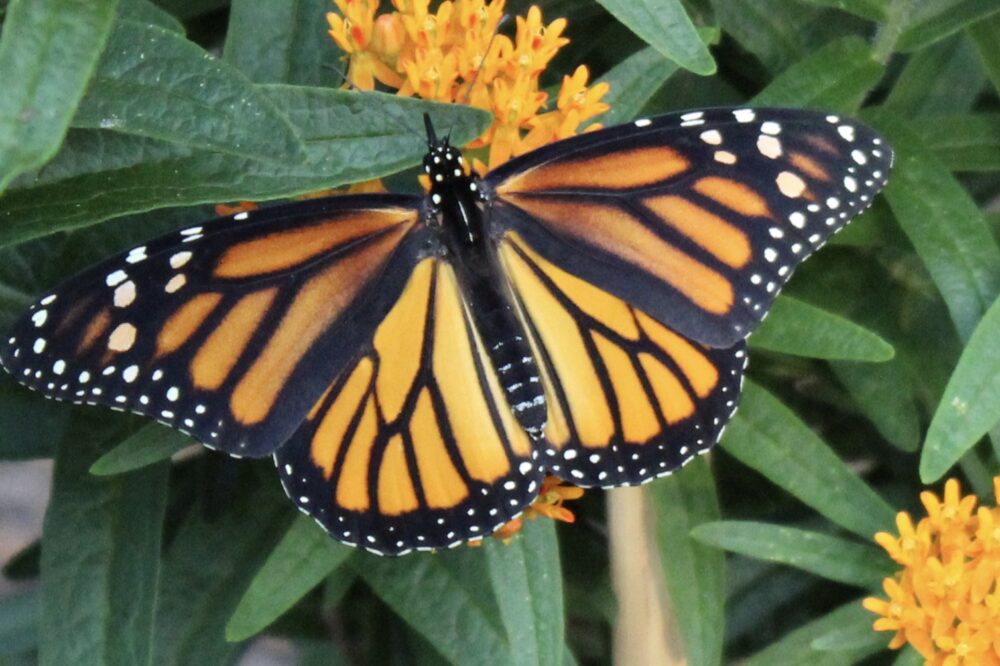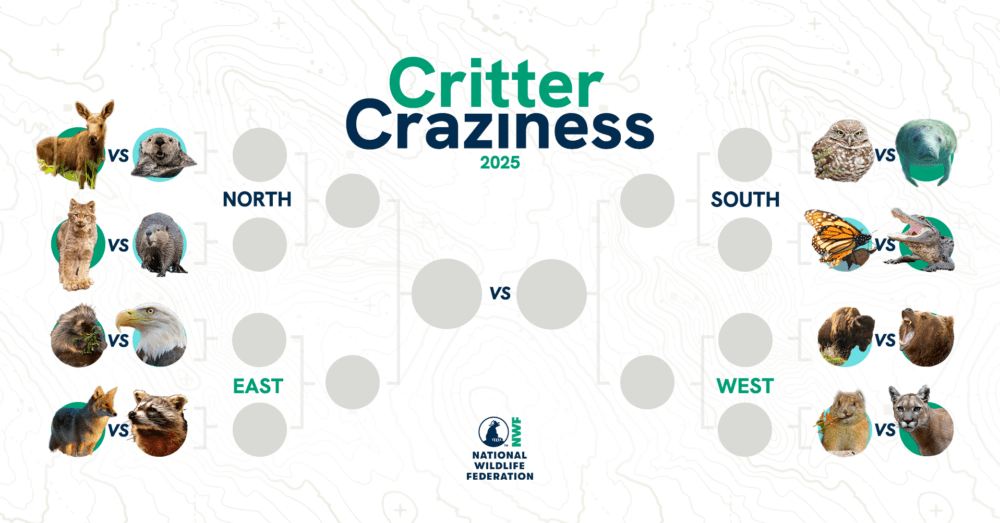We have much more to do and your continued support is needed now more than ever.
Got a Case of Wild Love?

Monogamy, which refers to having one lover at a time, frequently arises in the animal kingdom when offspring require extensive parenting. Some monogamous species form stable bonds for just one season, which is referred to as serial monogamy. Others may form pair bonds for multiple seasons or even life.
Celebrate Valentine’s Day with these wild couples:
Mate-Assistance Monogamy
One type of monogamy is called mate-assistance which occurs when males remain with a female to help guard and rear their young to secure healthier offspring.
Laysan Albatross
Not only does the laysan albatross fit this bill, but they also form this sacred pair bond for life.
Having scoured the ocean for food for the first few years of their life, albatross return to the same stretch of shore in which they were raised to find a mate. And they don’t take courting their partners lightly. Albatross will invest 8-9 years learning how to court and searching for that perfect partner.
Video from Orangejedi’s channel
Once chosen, an elaborate courtship display will take place. They perform a harmonious dance of clacking beaks and mimicry of motions. They will perform this same ritual with the same individual in the same location every breeding season for the rest of their 50 year plus life. The oldest known bird in the wild is a Laysan albatross which nests on Midway Island. This golden-ager, named Wisdom, is at least 65 years old.
Mate-Guarding Monogamy
Another type of monogamy is called Mate-guarding. This allows males to prevent rivals from copulating with their female and thus protects his offspring. This often happens in communities where it is difficult to locate a female, or where the sex ratios are uneven.
Cuttlefish
Courtship is not an easy game among the male cuttlefish. Males outnumber females 10 to 1 so the competition to pass on genes is fierce.
Males will intimidate each other with changing coloration and skin patterns. In fact, a documentary by NOVA entitled, “Cuttlefish: Kings of Camouflage” explained that cuttlefish have “electric skin” allowing them to change color instantaneously. Scientists believe they utilize this for camouflage, communication, courtship, and trickery.
When an electric performance does not prove male dominance, it’s time for full-body contact. The winner of the fight will guard his prized female for mating rights.
[youtube]https://www.youtube.com/watch?v=8bc78KacVus[/youtube]Video from Animal Fight Movies
However, not all battles are even. Smaller males that have no chance in combat use a more unconventional approach. They mimic the appearance of females. While the large males are engaged in sexual warfare, the smaller males have successfully mated with the females’ right under their noses. Such males are never attacked by the larger mate-guarding males.
Female-Enforced Monogamy

Burying Beetle
Collectively the couple burying beetles bury and lay their eggs on a dead carcass. Once the eggs are laid, the male will release sex pheromones into the air to attract additional mates. The female will assault her mate by pinching, biting, and sucker-punching him. But it’s not due to jealousy that the female burying beetle violates her mate. Instead, it’s to protect her offspring from competing for food and nutrition with other larvae were he to mate with another female.
Extreme Male Monogamy
Some species, although monogamous, don’t conform to what most of us would consider a desirable outcome for the male. Here are two examples of male monogamy and sexual conflict:
Deep Sea Angler
If the idea of becoming one mind, one body, one spirit sounds a little clingy to you, then you will be fascinated with mating system of the deep sea angler fish. Living in the vast depths of the ocean where sunlight does not penetrate finding a mate may be difficult.
As the male angler fish matures, its digestive system degenerates; making it impossible to feed on his own. In order to survive, he must attach himself to a female as a parasitic appendage.
[youtube]https://www.youtube.com/watch?v=EWVfCGdlQPE[/youtube]Video from GeorgeTheThrid
He then releases an enzyme that fuses the tissues of his body to hers. The two become one, joined by the central nervous system. This parasitic male leaches nourishment from the female, but it is a good tradeoff because she will receive a constant supply of sperm for the spawning season.
Praying Mantis
Being eaten alive is just another day in the life of a Praying mantis. For this aggressive couple exhibits sexual cannibalism. During copulation, it isn’t unusual for the female to eat the head of her lover. It is not truly known why this feasting of the suitor exists, but there are a few theories of why.
[youtube]https://www.youtube.com/watch?v=__RqOzOzWjY[/youtube]Video from NatGeoWild
According to an article in the Oxford Journal, one speculation is that this is an adaptive foraging strategy, providing the female with nutrients for survival and to enhance her breeding success. Another proposal is that it is a result of strong selection for female’s aggression in early life stages. Either way, I wouldn’t want to be on the opposite end of her jaws of love.
Join NWF Join the National Wildlife Federation this Valentine’s Day to continue supporting the wildlife we love!





















